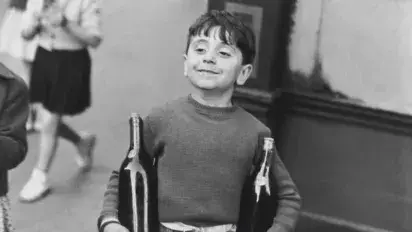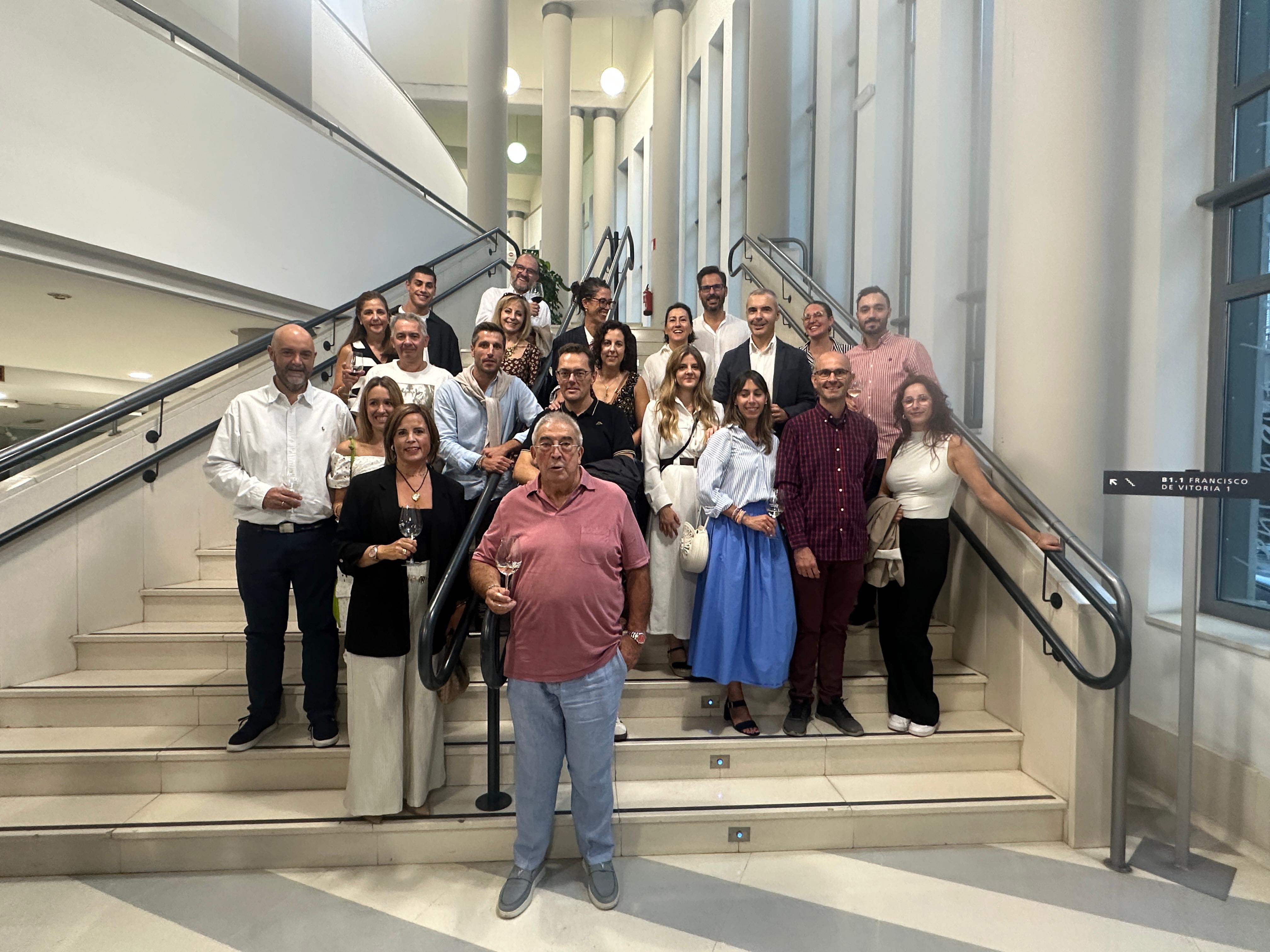Henri Cartier-Bresson took in 1954 a formidable photograph worthy of representing the past, present and future of wine. Simply titled Rue Mouffetard, the image shows a child carrying two bottles of wine almost as big as his torso. A wonderful everyday scene.
The boy's face is hypnotic; his expression is happy, innocent and naughty at the same time. He is busy doing something that at the time must have been totally ordinary. A child carrying wine, but where? That is the first thing we ask ourselves when we look at this photograph. Perhaps to his home, or to his father's workplace. At that time, wine was the workers' most popular drink. Before the Second World War, some factories and workshops in France paid part of their daily wages in wine: one litre a day to each worker. At the time of the photo, that was no longer the norm. The welfare state was advancing and, with it, new developments in public health. In fact, in the 1950s, a long-established practice in schools began to be questioned: giving wine to minors. In 1956, a French government decree banned giving wine to students before they reached the age of 14.
But let's go back to Rue Mouffetard. Maybe the protagonist is earning a few cents by taking that pair of bottles from the grocery store in the corner to a customer's home. He is the last figurantin the wine trade. He feels important. And we ask ourselves the second big question: what sort of wine is in the bottles? Is it red or white? Is it young or has it been aged? Is it good? We'll never know, but we can find some clues in some statistical data from 1939, the onset of the war, which reveal that the most popular wine among Parisians at that time came from the south of France. The reds of Languedoc and Provence, Mediterranean wines made from Grenache, Carignan, Cinsault and Mourvedre, accounted for no less than 40% of sales in Paris. Surprisingly, at a very short distance were the reds produced in Algeria, a French colony back then. Further down were the whites of the Loire, with a 6% share. Bordeaux barely accounted for 5% of the total wine drunk in Paris. Interestingly, Burgundy wines had a negligible presence. In conclusion, the boy portrayed by Cartier-Bresson is probably carrying strong, powerful plonk that will be drank with a hearty, traditional stew.
The boy's name was Michel Gabriel and when he grew up he kept in touch with Henri Cartier-Bresson. There is a funny anecdote that tells how the photographer, already in his eighties, turned up at Michel's 50th birthday party with a bottle in each hand, imitating the then boy's pose and grimace of the photograph. Shortly thereafter, Cartier-Bresson wrote that those bottles carried by Michel were not filled with wine but with "rainwater". We are left in doubt and that will forever be the third question about this unforgettable photo."
You may also be interested in:




